
Peter Steinbrueck is an American architect and politician from Seattle, Washington. He is the principal and founder of Steinbrueck Urban Strategies and was a city councilmember from 1997 to 2008. He also previously served as a Seattle Port Commissioner from 2018 to 2022.
The “Master of Architecture”(M.Arch or MArch) or a “Bachelor of Architecture” is a professional degree in architecture, qualifying the graduate to move through the various stages of professional accreditation that result in receiving a license.
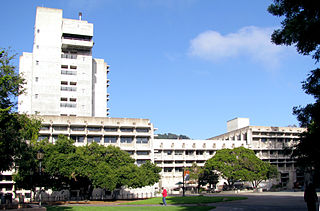
The College of Environmental Design, also known as the Berkeley CED, or simply CED, is one of fourteen schools and colleges at the University of California, Berkeley. The school is located in Bauer Wurster Hall on the southeast corner of the main UC Berkeley campus. It is composed of three departments: the Department of Architecture, the Department of City and Regional Planning, and the Department of Landscape Architecture and Environmental Planning.
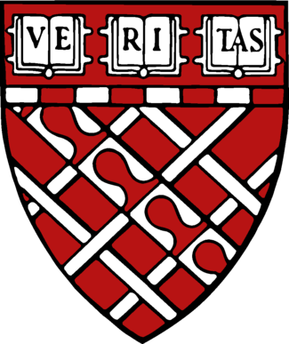
The Harvard Graduate School of Design (GSD) is the graduate school of design at Harvard University, a private research university in Cambridge, Massachusetts. It offers master's and doctoral programs in architecture, landscape architecture, urban planning, urban design, real estate, design engineering, and design studies.

Richard Haag was an American landscape architect who is well known for his role in Gas Works Park in Seattle, Washington and on the Bloedel Reserve on Bainbridge Island. Richard Haag's modernist and minimalist ideals also set the tone for Northwestern landscape design.

The A. Alfred Taubman College of Architecture and Urban Planning, also known as Taubman College, is the school of urban planning and one of the nineteen schools of the University of Michigan located in Ann Arbor, Michigan.

Victor Eugene Steinbrueck was an American architect, best known for his efforts to preserve Seattle's Pioneer Square and Pike Place Market. He authored several books and was also a University of Washington faculty member.

The University of Illinois School of Architecture is an academic unit within the College of Fine & Applied Arts at the University of Illinois Urbana-Champaign. The school is organized around four Program Areas - Building Performance, Detail + Fabrication, Health + Well-being, and Urbanism. Faculty teach and conduct research in these areas in support of the School's primary objective to promote critical engagement with the design of a healthy and sustainable built environment.
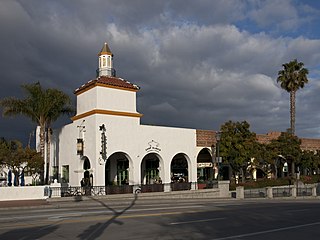
Lionel H. ("Spike") Pries, was a leading architect, artist, and educator in the Pacific Northwest.
Carl Frelinghuysen Gould also spelled Carl Freylinghausen Gould, was an architect in the Pacific Northwest, and founder and first chair of the architecture program at the University of Washington. As the lead designer in the firm Bebb and Gould, with his partner, Charles H. Bebb, Gould was responsible for many notable Pacific Northwest buildings, such as the original Seattle Art Museum and for the campus plan of the University of Washington.

Harlan Thomas was an American architect in the first half of the twentieth century. From 1926 to the early 1940s he served as Chair of the University of Washington Department of Architecture. He was also a noted watercolorist.
Jeffrey Karl Ochsner is an architect, architectural historian, and professor at the University of Washington in Seattle. He is known for his research and writing on American architects Henry Hobson Richardson and Lionel H. Pries, and on Seattle architecture; he has also published articles that link architecture and psychoanalysis.
Hermann Johannes Gustav Pundt was a leading architectural historian and Professor in the University of Washington Department of Architecture.
Astra Zarina was an architect and professor in the University of Washington Department of Architecture. She is best known for her creation of the University of Washington Italian Studies programs and her founding of the UW Rome Center.
Norman J. Johnston was a Professor in the Departments of Architecture, Landscape Architecture, and Urban Planning in the University of Washington College of Built Environments.

The Blackstone Apartments are located at 222 Summit Ave East in the Capitol Hill neighborhood of Seattle, Washington, United States. The apartment complex was designed and owned by J.S. Long and built by the Long Building Company in 1927. The Long Building Company was known for designing and building many of the Bungalow-style homes, particularly in the First Hill neighborhood of Seattle under the guidance of Stanley Long. The building consists of 26 units with a mixture of 2-, 3-, 4-, and 6-room suites; it has a brick exterior with a great deal of mahogany woodwork in the interiors and built-ins throughout the units, and was originally fitted with Monarch electric stoves and Frigidaires. The complex was "regarded as one of the most modern units of its kind in the city" when it was completed.
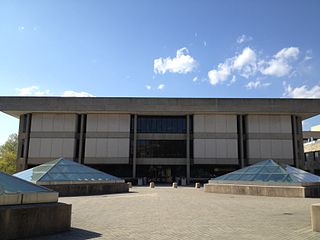
The College of Architecture, Arts, and Design formerly the College of Architecture and Urban Studies at Virginia Tech consists of four schools, including the School of Architecture, which consistently ranks among the best in the country. Headquartered in Blacksburg, Virginia, the college also has sites in Alexandria, Virginia and Riva San Vitale, Switzerland. Spread out among these three locations, the college consists of nearly 2,200 students, making it one of the largest schools of architecture in the nation.

The architecture of Seattle, Washington, the largest city in the Pacific Northwest region of the U.S., features elements that predate the arrival of the area's first settlers of European ancestry in the mid-19th century, and has reflected and influenced numerous architectural styles over time. As of the early 21st century, a major construction boom continues to redefine the city's downtown area as well as neighborhoods such as Capitol Hill, Ballard and, perhaps most dramatically, South Lake Union.

Auburn University's College of Architecture, Design and Construction (CADC) is one of fourteen colleges and schools that comprise Auburn University, a land, sea and space grant institution located in Auburn, Alabama. The CADC offers undergraduate programs in architecture, interior architecture, landscape architecture, building construction, environmental design, graphic design, and industrial design. The College also offers graduate programs in building construction, landscape architecture, industrial design, executive real estate development, and distance education in construction management.
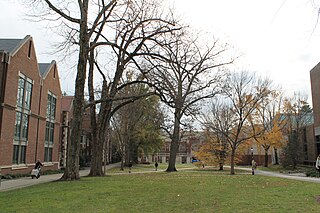
Princeton University School of Architecture is the name of the school of architecture at Princeton University. Founded in 1919, the School is a center for teaching and research in architectural design, history, and theory. The School offers an undergraduate concentration and advanced degrees at the master's and doctoral levels.
















